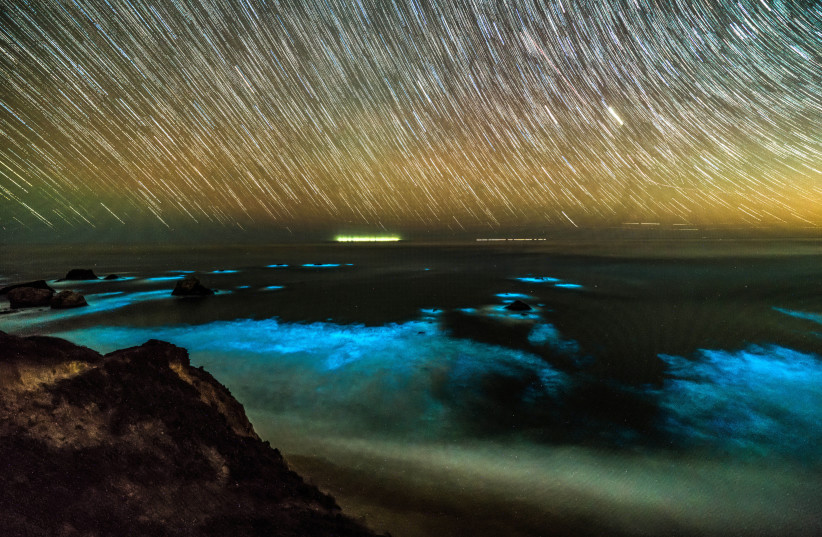Climate change has likely caused the color of the ocean to change significantly in the past 20 years, according to a study by researchers from the UK and the US.
The study, published in the peer-reviewed journal Nature earlier this month, found that the color of over 56% of the world's oceans has changed in a way that cannot be explained by natural, year-to-year changes.
The researchers used NASA’s Moderate Resolution Imaging Spectroradiometer (MODIS) on the Aqua satellite to analyze the measurements of ocean color, looking at the seven colors measured by the satellite from 2002 to 2022. They first looked at how the seven colors changed from region to region in a year to get an idea of their natural variations, then looked on a broader scale to see how the annual variations changed over two decades.
Near the equator, the tropical ocean regions have become steadily greener over the past two decades. The researchers explained that the shift in the ocean's color is a sign that ecosystems in the water are also changing, as the color of the ocean reflects the organisms and materials in it.
The changes in color are a result of changes in plankton communities, as waters that are deep blue tend to have very little life in their upper layers, while greener waters indicate the presence of ecosystems and phytoplankton, which contain the green pigment chlorophyll.

The researchers are still unsure how marine ecosystems are changing to reflect the color changes, but they believe human-induced climate change is the most likely cause.
The researchers reached the conclusion that the changes are caused by climate change by comparing the changes to a model developed by study co-author Stephanie Dutkiewicz, a senior research scientist in MIT’s Department of Earth, Atmospheric and Planetary Sciences and the Center for Global Change Science, in 2019.
The model simulated the oceans under two scenarios: one with greenhouse gases added and one without. The changes recorded by the researchers lined up almost exactly with the model.
“I’ve been running simulations that have been telling me for years that these changes in ocean color are going to happen,” said Dutkiewicz to MIT News. “To actually see it happening for real is not surprising, but frightening. And these changes are consistent with man-induced changes to our climate.”
Changes in ocean color happening quicker than projected
The National Oceanography Center noted that the fact that such significant changes in color were recorded in 20 years is significant as scientific consensus believed that it would take 30 years of satellite data to detect a climate change trend in chlorophyll.
“This gives additional evidence of how human activities are affecting life on Earth over a huge spatial extent,” added lead author of the study Dr. B. B. Cael of the National Oceanography Center in Southampton, UK. “It’s another way that humans are affecting the biosphere.”
“The color of the oceans has changed,” said Dutkiewicz to MIT News. “And we can’t say how. But we can say that changes in color reflect changes in plankton communities, that will impact everything that feeds on plankton. It will also change how much the ocean will take up carbon, because different types of plankton have different abilities to do that. So, we hope people take this seriously. It’s not only models that are predicting these changes will happen. We can now see it happening, and the ocean is changing.”
